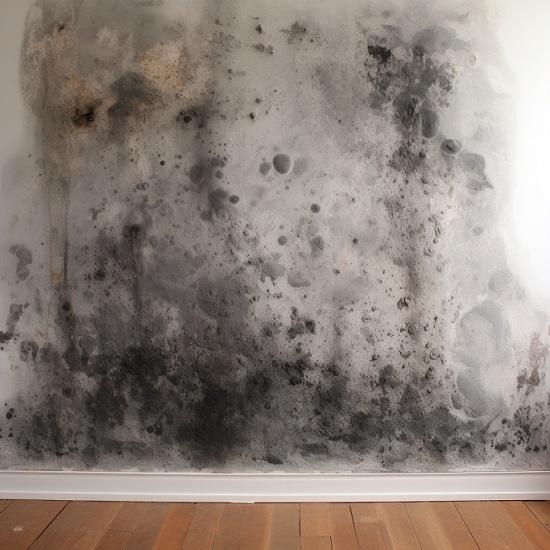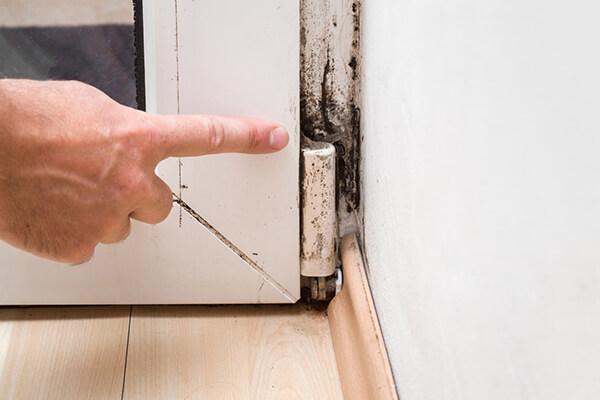Guaranteeing Post Remediation Verification Precision
Guaranteeing Post Remediation Verification Precision
Blog Article
Your Ultimate Overview to Article Mold And Mildew Removal Methods
Navigating the realm of post-mold removal strategies is a thorough procedure that demands focus to detail and a thorough understanding of the details included. In the results of mold and mildew invasion, understanding how to properly eliminate the mold and stop its reoccurrence is vital for preserving a healthy and balanced interior environment. From picking the ideal cleansing and decontaminating techniques to implementing approaches for long-term mold avoidance, each action in the remediation trip plays a critical role in making sure a successful result. As we get started on this expedition of post-mold remediation strategies, we will certainly reveal the vital methods and ideal practices that can help you restore your area to its pre-mold condition and protect it versus future mold and mildew hazards.
Understanding Post-Mold Remediation Process
After completing the mold remediation process, it is important to comprehend the post-mold remediation techniques that are necessary to guarantee a efficient and extensive clean-up. As soon as the mold and mildew has actually been removed, the next action entails cleaning and decontaminating the influenced locations to avoid any kind of regrowth of mold. This includes making use of specialized cleaning up agents to wipe down surface areas and kill any type of remaining mold and mildew spores. It is necessary to dry the location completely to dissuade the growth of mold and mildew in the future (Post Mold remediation cleaning). Appropriate air flow and dehumidification can help in this procedure.
In addition, conducting a last inspection post-remediation is vital to make certain that all mold has been efficiently removed. This evaluation needs to involve a detailed visual check as well as potentially air tasting to confirm the absence of mold spores airborne. Extra remediation may be required if the examination discloses any type of remaining mold and mildew. Enlightening residents on preventive procedures such as controlling wetness levels and immediately resolving any kind of water leaks can help preserve a mold-free atmosphere.
Effective Cleaning and Decontaminating Methods

Avoiding Future Mold Growth

Significance of Correct Air Flow
Proper air flow plays a vital role in avoiding moisture accumulation, an essential variable in mold growth within indoor atmospheres. Efficient air flow systems help eliminate excess moisture from the air, decreasing the possibilities of mold spores locating the moisture they need to spread out and sprout. Without adequate air flow, interior spaces can end up being a breeding ground for mold, leading to potential wellness risks and structural damages.
By ensuring proper air blood circulation, ventilation systems can likewise assist in drying damp areas extra rapidly after water damage or flooding cases, further preventing mold and mildew growth. After mold remediation. Precede like restrooms, attics, cellars, and cooking areas where dampness degrees often tend to be higher, setting up and preserving efficient air flow systems is critical in stopping mold and mildew problems

Surveillance and Upkeep Tips
Given the important function that proper ventilation plays in stopping mold development, it is essential to establish reliable surveillance and maintenance pointers to guarantee the ongoing performance of air flow systems. Normal inspections of ventilation systems need to be conducted to inspect for any type of indicators of obstructions, leaks, or malfunctions that might hamper proper airflow. Surveillance humidity degrees within the residential or commercial property is also critical, as high humidity can add to mold growth. Mounting a hygrometer can aid track moisture degrees and alert home owners to any he has a good point type of spikes that might require interest. Furthermore, guaranteeing that air filters are regularly cleaned up or changed is essential for preserving the effectiveness of the air flow system. Implementing a routine for regular upkeep jobs, such as air duct cleaning and heating and cooling system examinations, can help avoid issues before they intensify. By remaining aggressive and mindful to the condition of ventilation systems, residential property proprietors can effectively mitigate the threat of mold regrowth and maintain a healthy indoor environment.
Final Thought
In conclusion, post-mold remediation strategies are crucial for making certain a tidy and safe setting. Comprehending the process, implementing reliable cleansing and over here sanitizing methods, preventing future mold and mildew growth, keeping correct ventilation, and normal tracking are all essential action in the removal process. By adhering to these guidelines, you can efficiently get rid of mold and mildew and avoid its return, functioning or promoting a healthy and balanced living space for all owners.
In the after-effects of mold invasion, recognizing exactly how to successfully get rid of the mold and stop its reoccurrence is paramount for preserving a healthy and balanced indoor atmosphere. As soon as the mold has actually been removed, the next step entails cleansing and decontaminating the affected locations to prevent any type of regrowth of mold and mildew - After mold remediation. After eliminating noticeable mold growth, it is vital to cleanse all surfaces in the affected area to remove any kind of remaining mold spores. To additionally boost mold and mildew prevention procedures, it is crucial to address underlying he said problems that at first led to mold and mildew growth.Offered the critical role that proper ventilation plays in stopping mold and mildew development, it is essential to establish effective monitoring and upkeep ideas to ensure the ongoing performance of ventilation systems
Report this page